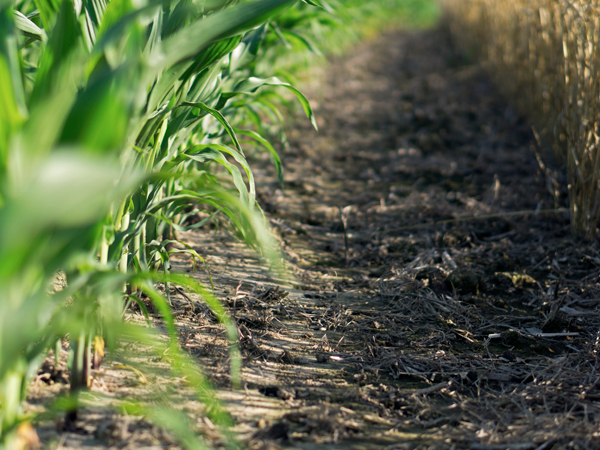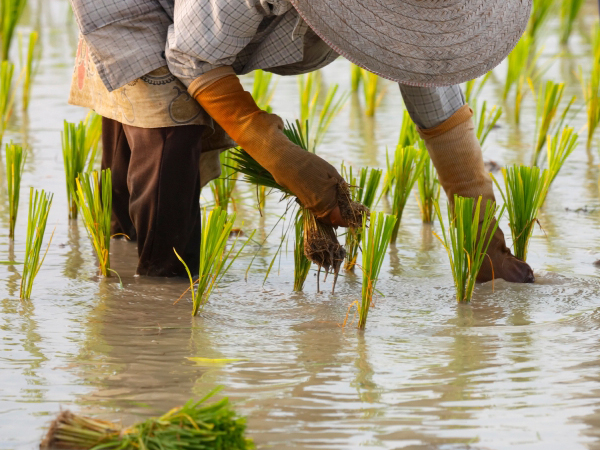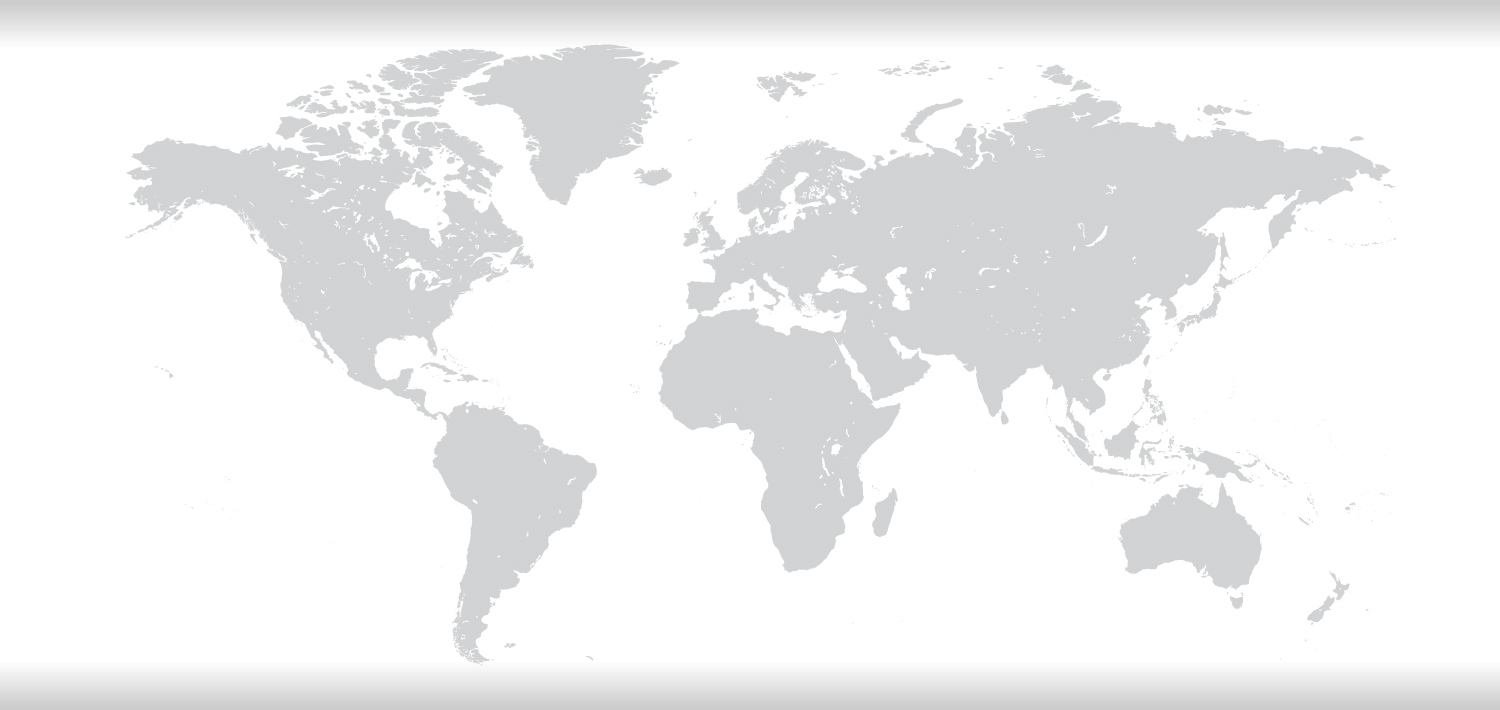
From weather and disease to storage and transportation issues, food encounters many obstacles before it ever reaches the store shelves.

It’s a luxury many people have gotten used to: the availability of oranges, milk, fresh meats or bread in stores all year round. However, when fresh produce and our other favorite foods aren’t available, or they cost significantly more, many of us wonder why. We often hear about these shortages in the news. What could have happened to prevent it from reaching the store, or to make it more expensive?
From weather and disease to storage and transportation issues, food encounters many obstacles before it ever reaches the store shelves.


From weather and disease to storage and transportation issues, food encounters many obstacles before it ever reaches the store shelves.
In every part of the world, farmers face challenges protecting their crops, from the time they plant up to the journey from farm to market. These challenges vary but can include damage from pests and disease, problems with harvest, transportation or storage, as well as fluctuations in market demand.
Fortunately, solutions do exist. Modern agricultural innovations provide hope for farmers and others in their fight against food loss. As a result, more of the food they grow has a chance to make it to market.
Food that doesn’t make it to market because of pests, weather, market demand and issues with harvesting, storage or processing
Takes place in the field, during harvest or in processing and transport after harvest, often due to poor infrastructure
Food that isn’t eaten because of spoilage, undesirable appearance, portion size and over/under stocking
Takes place in grocery stores, restaurants, home kitchens
Every year, nearly one-third of the world’s food produced for human consumption is lost or wasted.1
Although food waste is a serious problem, food loss poses a much more immediate threat to farmers around the world. Losses during harvest, storage, and transportation don’t just mean less available food. They have a negative impact on the livelihood of those who produce, and they can be particularly devastating for smallholder farmers who are providing food for their families.
Food loss and waste release 3.3 million metric tons of carbon dioxide. This is equivalent to the yearly emissions from more than 700,000 cars.1
The good news is more of today’s farmers have access to tools to help reduce food loss. Innovative modern agriculture technologies continue to emerge, and organizations like the United Nations and local governments are working to make them readily available. For example, in three different places around the world, current circumstances offer an opportunity for farmers to explore some of these solutions.

Nearly $1 trillion is lost annually as the result of food waste.1
This is only a small sample of how modern technologies are helping farmers across the globe address disease, mechanical problems, and storage issues. There is still much to be done, but the combined efforts of farmers and others in modern agriculture remain focused on continuing to search for ways to prevent food loss.
1 Global Food Losses and Food Waste, Food and Agriculture Organization of United Nations
Related Articles


